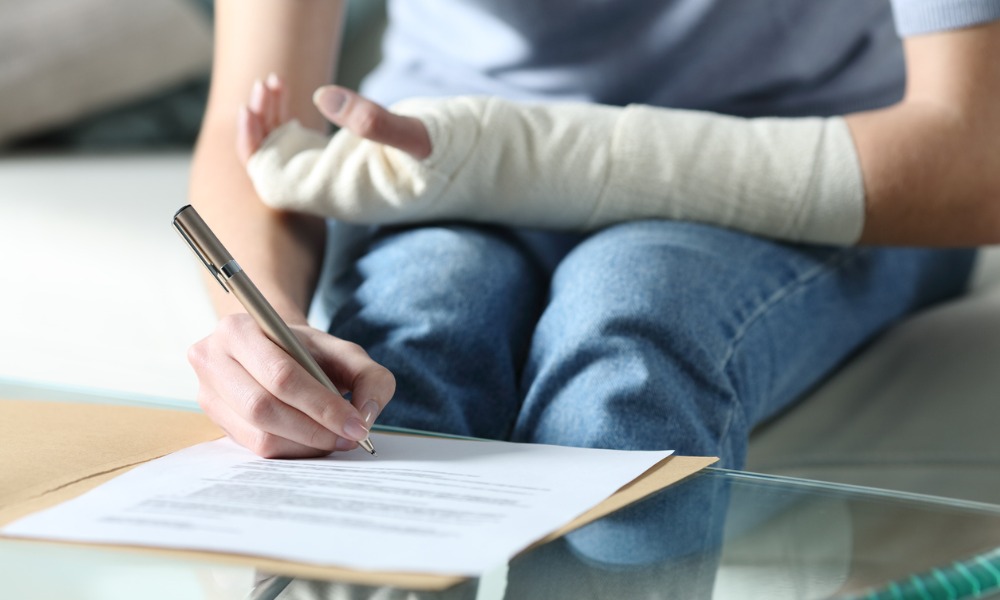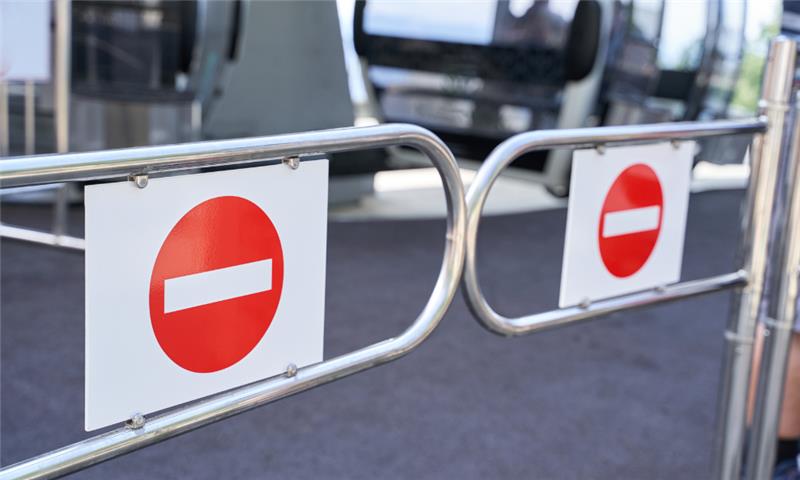When you have experienced loss, damage, or injury because of another person, you may have a cause of action for a personal injury case. But before proceeding with any legal action, it’s important to know the basics of personal injury cases in Canada.
What is a personal injury case?
In Canada, personal injury cases arise when a person suffers damages (monetary or not) due to the acts, omission, or negligence of another person. This will entitle the injured person to seek compensation from the liable person.
It may also arise when an employee has been injured at work, or due to work. These cases may also be covered by Canadian laws on workers’ compensation.
Liability in personal injury cases
An important element in personal injury cases is that you – as the claimant or the injured person – must be able to prove the liability of the other person. This means that there was actual fault on the liable person, which can be shown through that person’s:
- intentional acts;
- omissions, or failure to perform their duty;
- breach of standard of care or any industrial standards; or
- negligence or carelessness
Types of liability in personal injury cases
Knowing the type of liability will prepare you for a personal injury case. The types of liability are:
- Strict liability: injured party is not required to prove the liable party’s intent or negligence, only that the liable party engaged in a certain conduct which caused the injury
- Vicarious liability: injured party holds the other party liable for the acts or negligence of another person (third party) whom the liable party is responsible for
- Negligence: injured party must prove that the liable party has a certain duty which they failed to do, or when the liable party failed to exercise the degree of care expected of them
Watch this video to see how a personal injury lawyer can help in your case:
If you need a lawyer, speak to one in your area or province. Those who live in Toronto, Kingston, or Windsor can contact a Lexpert-Ranked personal injury lawyer in Ontario.
Types of personal injury cases
There are various examples of personal injury cases that you can claim compensation or damages for. Each example may also pertain to numerous parties who may be held liable.
Assault or battery
Although this may also fall as a criminal case, the civil aspect of assault or battery is considered as a personal injury case.
Here, the physical injuries you sustained, including the mental anguish you experienced, may give rise to civil liabilities for the offending person.
Car or motor vehicle accidents
One of the most common types of personal injury cases in Canada are motor vehicle accidents. Here, it is easy to find the culprit; this would typically be the driver or the passenger.
In some cases, the person liable in a car accident may even blame the car manufacturer for faulty design or defective product.
Learn the steps on what to do after a car accident and see how a lawyer can help with any action you need to take.
Product liability
Product liability arises when you’ve been injured or harmed because of a defective product. This also happens because of a product’s misleading advertising and labelling.
You must be able to prove that the manufacturer, advertiser, or retailer is at fault and is liable for the product it sold.
Here’s what you need to know about product liability laws.
Professional malpractice
Personal injury cases may also be triggered by professional malpractice or negligence. Persons charged with malpractice or negligence are those who did not follow the standard procedure of their profession or those who became negligent in the exercise of their profession.
Slips and falls
Slips and falls can happen to anyone. While it may be caused purely by accidents, some may be caused by a particular liable person.
Some causes of slips and falls are:
- negligence of contractors at a construction site
- inaccurate or misleading warranties of brokers or real estate agents
- inaction of the property owner to make their property safe
How are personal injury claims settled in Canada?
Claims out of a personal injury case are done through settlement or litigation.
1. Settlement
You and the liable person or entity may reach a settlement by going through any of the dispute resolution methods such as negotiation, mediation, or arbitration. In these cases, both parties will try to resolve the issue with the goal of avoiding court.
Negotiation
Here, both parties agree to negotiate on their own and among themselves, without the need for an independent or third-party intervention.
This is an informal process. It may take place anytime, anywhere, at the convenience of the parties. Your lawyer will reach out to the other party to try settling the case, or the other party’s lawyer reaches out to you.
When one or both parties are not amenable to the settlement or disagree on the settlement amount, the case can go to mediation or arbitration.
Learn more about the largest personal injury settlement amounts in Canada here.
Mediation
Mediation is the process where the two parties seek the help of an independent, neutral third party called the mediator. The goal is to discuss and negotiate. Know that the mediator must be agreed to by both parties.
In some jurisdictions such as Ontario and Alberta, mediation is mandatory before a case may be heard by the court. Consult with your lawyer to find out if you’re required to undergo mediation before filing a case.
Mediation is successful only if both parties reach a settlement agreement or a compromise agreement.
Arbitration
When the negotiation or mediation fails to settle the case, the next step is arbitration.
In arbitration, a dispute will be submitted to an independent and neutral arbitrator or a panel of arbitrators. They will make a decision after conducting a trial-like process.
2. Filing a court action
When any or all of these dispute resolution methods fail, you may now submit your case to the court. At this point, having a lawyer is a must. Your lawyer will help you prepare the documents to be submitted, the court fees to be paid, and the evidence to be presented.
Want to know more about the other implications of personal injury cases? Contact a Lexpert-Ranked personal injury lawyer in Canada.





